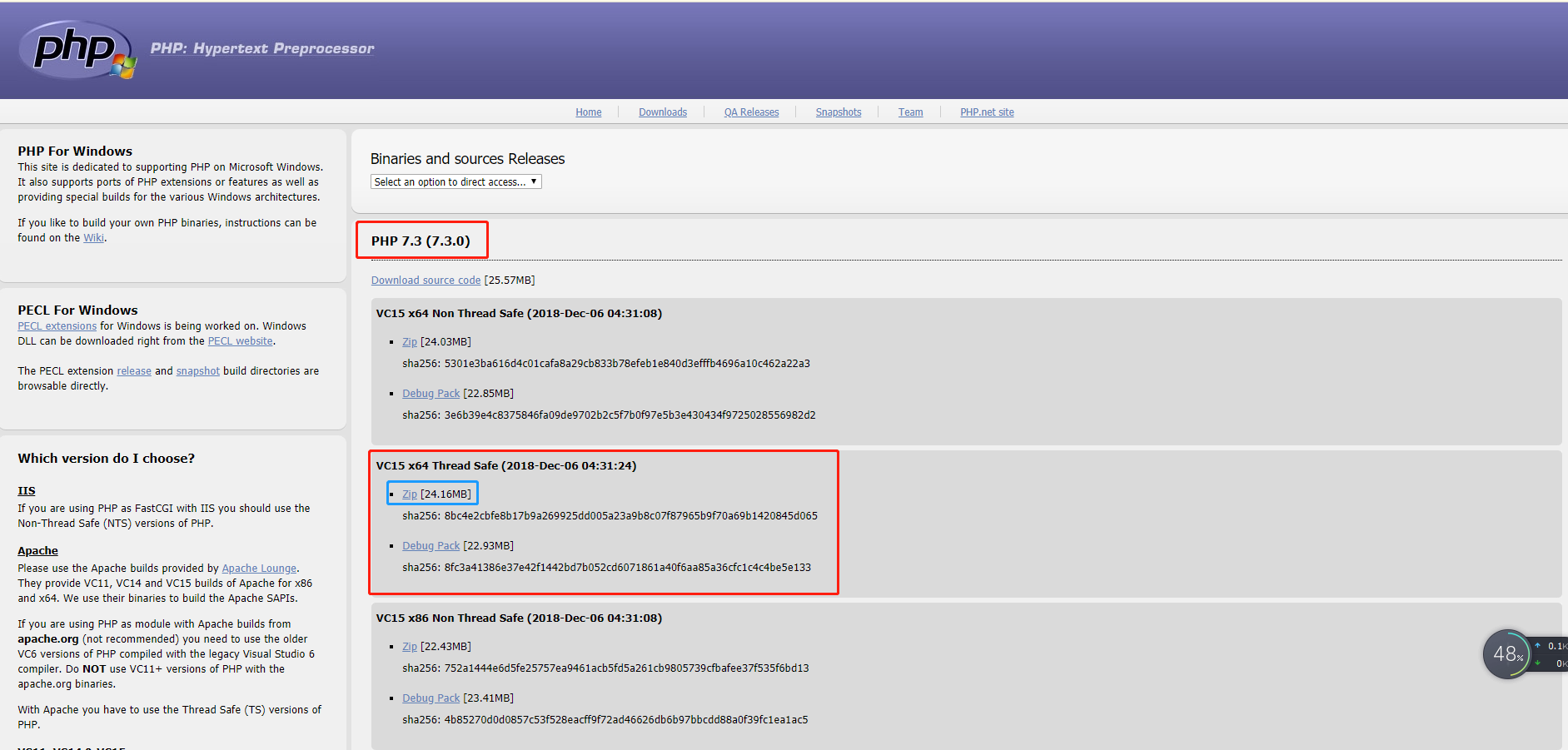- Php Mysqli Extension Is Missing Windows Services Windows 10
- Php Mysqli Extension Is Missing Windows Services List
- Php Mysqli Extension Is Missing Windows Services Using
- Php Mysqli Extension Is Missing Windows Services Required
Of course, you don’t have to Fix the Your PHP installation appears to be missing the MySQL extension if you use one of our MySQL VPS Hosting services, in which case you can simply ask our expert Linux admins to help you Fix the Missing MySQL Extension Error in WordPress or install any other required PHP extension. The mysqli extension is missing. Please check your PHP configuration. Close. Posted by just now. The mysqli extension is missing.
I have a problem with phpmyadmin on ubuntu 12.04.
I have already installed apache2, php5, mysql and phpmyadmin.
The phpinfo(); script, don’t show nothing about mysqli or mysql extension.
When I try start phpmyadmin this error appear:
In the php.ini file, I uncommented extension=mysql.so line, but doesn’t work…
Anyone have another posible solution?
Latest phpMyAdmin versions require mysqli extension and will no longer work with mysql one (note the extra “i” at the end of its name).
Will install package containing both old one and the new one, so afterwards all you need to do is to add
in your php.ini, restart apache and it should work.
Answer:
Answer:
If you run PHPMyAdmin on localhost uncomment in file /etc/php5/apache2/php.ini this line:
Restart Apache:
Answer:
Just restart the apache2 and mysql:
apache2:
sudo /etc/init.d/apache2 restartmysql:
sudo /etc/init.d/mysql restart
then refresh your browser, enjoy phpmyadmin 🙂
Answer:
I tried a lot of the answers and none of them seemed to work because php7.0 is not the default.
Php Mysqli Extension Is Missing Windows Services Windows 10
seemed to do the job for me but I had to reinstall php7.0 and phpmyadmin after that:
Hope it helps!
Answer:
I solved this problem by editing /usr/local/zend/etc/php.ini.
(found it by doing netstat -nlp ¦ grep apache, then strace -p somepid ¦ grep php.ini).
At the end of the file, I added:
Adding it without the path did not work.
Then after a restart it worked.
Answer:
I faced same issue and resolved it by doing following steps:
First check PHP versions. If you have multiple PHP Versions. Suppose you have PHP versions like php7.0, php7.1 and php 7.2 then
run these commands
For PHP7.0
For PHP7.1
For PHP7.2
Edit the ini file and look for mysqli. Uncomment the line by removing ;
for all php versionsextension=mysqli.so
/etc/php/<php.version>/apache2/php.ini
For PHp7.0
For PHp7.1
For PHp7.2
and last restart apache server

Answer:
Checking the extension_dir is one of the thing you like to check from phpinfo().In my case it was extension_dir = “./” by default which was wrong. Change it to extension_dir = ‘./ext/’ or where all your extension dlls are currently residing.
Answer:
For ubuntu user open your terminal and type following command
Php Mysqli Extension Is Missing Windows Services List
After that just restart apache2 by typing this
refresh you browser and enjoy phhmyadmin
Answer:
You need the MySQLi module. This error usually occurs when manually installing phpMyAdmin.
It will return you with.

Php Mysqli Extension Is Missing Windows Services Using
Then.
Then.
Answer:
This worked for me , make a database with a php and mysql script and open up the mysql console and type in create user ‘yourName’@’127.0.0.1’ and then type in grant all privileges on . to ‘yourName’@’127.0.0.1’ then open up a browser go to localhost and a database should been made and then go to your phpmyadmin page and you will see it pop up there.
Answer:
at ubuntu 12.04 i had to change mssql.compatability_mode = On.
put On and works
Answer:
Since I had this problem following an upgrade, I just disable Apache2-php5
and activated php7
Hope it may help anybody!
Answer:
Just add this line to your php.ini if you are using XAMPP etc. also check if it is already there just remove ; from front of it
and stop and start apache and MySQL it will work.
Answer:
I have encountered the same error on ubuntu and what worked for me was editing 2 lines in /etc/php/7.3/apache2/php.ini
and gave the extension variable location to mysqli.so after uncommenting it
then restart the service just to make sure
Answer:
THIS WILL WORK 100%
open php config file with notepad ,find the line:-
change it to
by removing the ‘;’
save it
then restart apache server ,it worked for me on win xp
Tags: mysql, mysqli, phpphp, sql
On Windows, PHP is most commonly installed using the binary installer.
On Windows, for PHP versions 5.3 and newer, the mysqli extension is enabled and uses the MySQL Native Driver by default. This means you don't need to worry about configuring access to libmysql.dll.
On these old unsupported PHP versions (PHP 5.2 reached EOL on '6 Jan 2011'), additional configuration procedures are required to enable mysqli and specify the client library you want it to use.
Php Mysqli Extension Is Missing Windows Services Required

The mysqli extension is not enabled by default, so the php_mysqli.dll DLL must be enabled inside of php.ini. In order to do this you need to find the php.ini file (typically located in c:php), and make sure you remove the comment (semi-colon) from the start of the line extension=php_mysqli.dll, in the section marked [PHP_MYSQLI].
Also, if you want to use the MySQL Client Library with mysqli, you need to make sure PHP can access the client library file. The MySQL Client Library is included as a file named libmysql.dll in the Windows PHP distribution. This file needs to be available in the Windows system's PATH environment variable, so that it can be successfully loaded. See the FAQ titled 'How do I add my PHP directory to the PATH on Windows' for information on how to do this. Copying libmysql.dll to the Windows system directory (typically c:Windowssystem) also works, as the system directory is by default in the system's PATH. However, this practice is strongly discouraged.
As with enabling any PHP extension (such as php_mysqli.dll), the PHP directive extension_dir should be set to the directory where the PHP extensions are located. See also the Manual Windows Installation Instructions. An example extension_dir value for PHP 5 is c:phpext.
If when starting the web server an error similar to the following occurs: 'Unable to load dynamic library './php_mysqli.dll', this is because php_mysqli.dll and/or libmysql.dll cannot be found by the system.